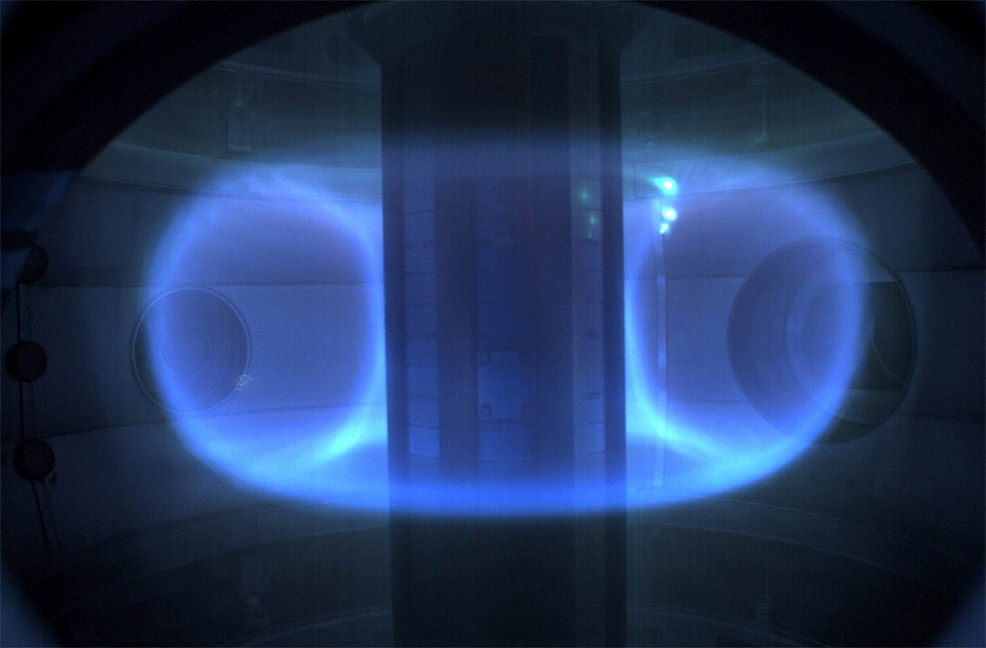
8th June 2018 Prototype fusion reactor achieves key milestone Tokamak Energy, one of the world’s leading private fusion energy ventures, this week announced that it has achieved plasma temperatures of over 15 million degrees Celsius, hotter than the centre of the Sun. The 'ST40' device in which this was demonstrated was built by Tokamak Energy and commissioned in 2017. It achieved first plasma last year and has now passed another milestone during this latest test. The next target for the research team is to reach the even higher level of 100 million degrees C, which is seven times hotter than the centre of the Sun and the temperature necessary for controlled fusion. Two earlier prototypes were built in 2013 (the ST25) and 2015 (the ST25 HTS), respectively. This latest machine is the third in a five-stage plan to achieve abundant, clean fusion energy. The company aims to produce industrial-scale energy by 2025 and hopes to make commercially viable fusion power a reality with the first 'Fusion Power Module' by 2030. Tokamak Energy grew out of the Culham Centre for Fusion Energy in Oxfordshire, a leading centre for magnetic fusion energy research and home to the world’s most powerful tokamak, JET, which produced a record-breaking 16MW of fusion power in 1997. To date, it has raised investment of over £30 million from private investors including Oxford Instruments, Legal & General Capital and the Institution of Mechanical Engineers. The company's approach is based on well-established science and is now advancing rapidly. A key innovation is combining spherical tokamaks with the latest generation of high temperature superconducting magnets.
Fusion is the reaction that powers the stars. Energy is released when two small particles collide and fuse into one larger particle. In scientific experiments, these small particles are the nuclei of deuterium and tritium – types of heavy hydrogen – and they fuse together to make a helium nucleus. The waste product of fusion is helium, which is safe. Fusion produces no greenhouse gases and no long-lived radioactive waste, yet it generates vast amounts of energy from very little fuel. The lithium from a laptop battery combined with the deuterium in half a bath of water could supply as much energy as 70 tonnes of coal. As such, it offers a clean and plentiful energy solution for thousands of years into the future. “We are taking significant steps towards achieving fusion energy and doing so with the agility of a private venture, driven by the goal of achieving something that will have huge benefits worldwide,” said Jonathan Carling, CEO at Tokamak Energy. “Reaching 15 million degrees is yet another indicator of the progress at Tokamak Energy and a further validation of our approach. Our aim is to make fusion energy a commercial reality by 2030. We view the journey as a series of engineering challenges, raising additional investment on reaching each new milestone.” “The world needs abundant, controllable, clean energy,” commented David Kingham, co-founder. “Our business plan is built on strong scientific foundations and this milestone is a significant step in our compact spherical tokamak route to fusion power. Fusion is a major challenge, but one that must be tackled. We believe that with collaboration, dedication and investment, fusion will be an important part of achieving deep decarbonisation of the global energy supply in the 2030s – and beyond.”
Comments »
If you enjoyed this article, please consider sharing it:
|







